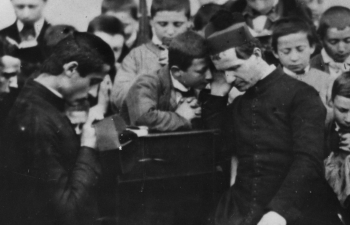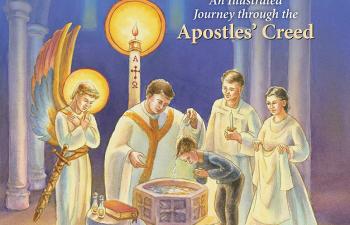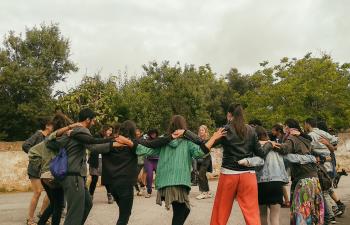A few years ago, I had the opportunity to give a catechetical instruction to the seventh- and eighth-grade boys of my parish. Now, I was the Homiletics professor at Sacred Heart Major Seminary and instructor of several other courses offered by the Seminary. My style of teaching leaned more toward following a carefully ordered outline for my presentation, after which I would elicit questions and provide time for discussion.
These eight boys, however, were active and undisciplined, and in no condition to listen to a lecture. Intuitively, I immediately changed my style of teaching to a lively and very animated one. I weaved in some stories and involved them in reading some texts. The change in style helped, but their response to the lesson was still rather tepid. Then something unexpected happened.
I posed a question to them as to how they would try to preach the Gospel to young people in today’s world. As soon as I presented to them a challenge, a specific situation to resolve based upon what they had heard and learned, their interest went way up. I served as a guide and kind of coach for keeping them on track in the discussion. Suddenly, I was hearing creative ideas, strong opinions, and some boys challenging the other boys. The class came alive, and a new mode of teaching the boys emerged.
The rest of this online article is available for current Guild members.
This article is from The Catechetical Review (Online Edition ISSN 2379-6324) and may be copied for catechetical purposes only. It may not be reprinted in another published work without the permission of The Catechetical Review by contacting [email protected]


















